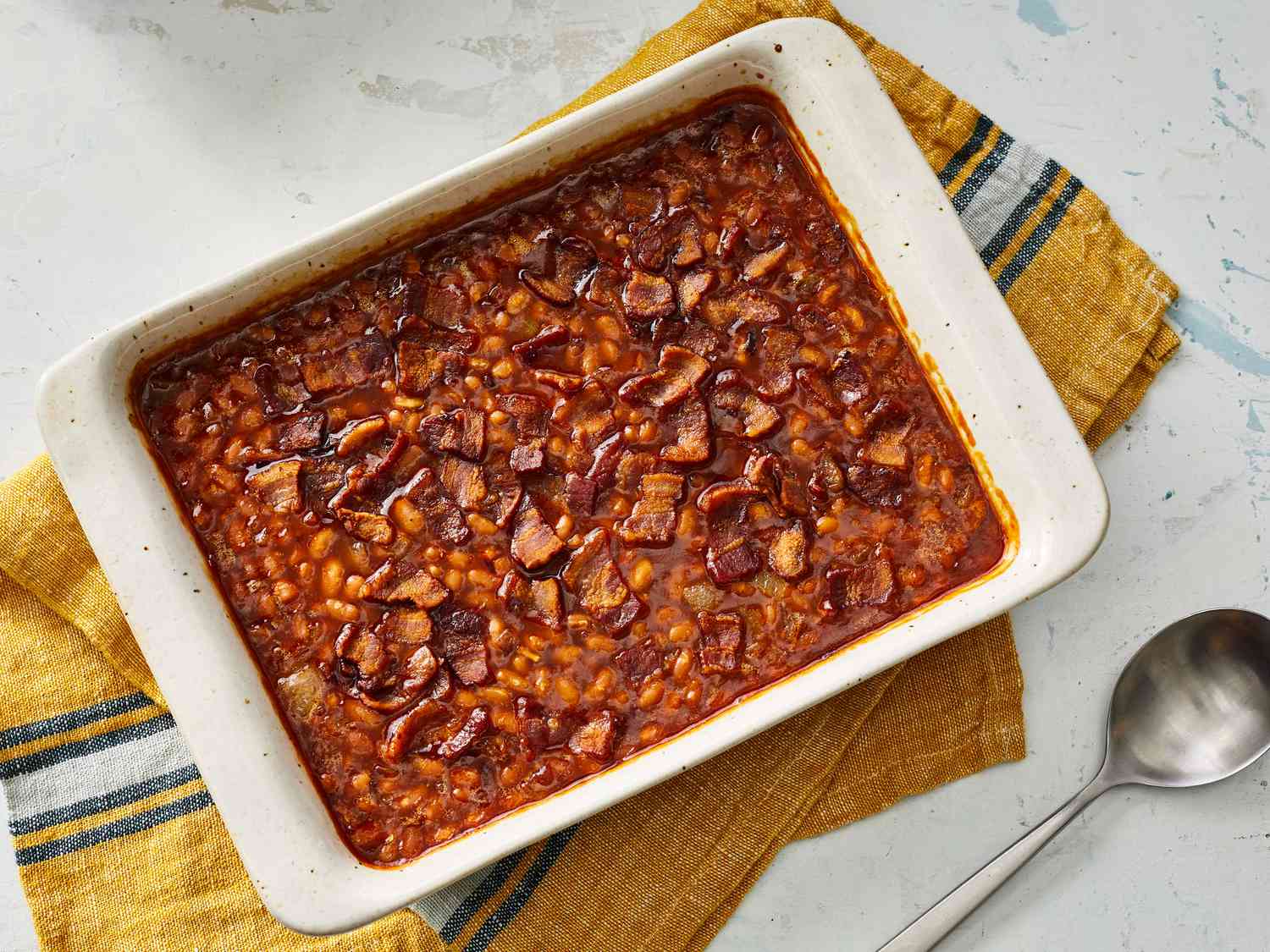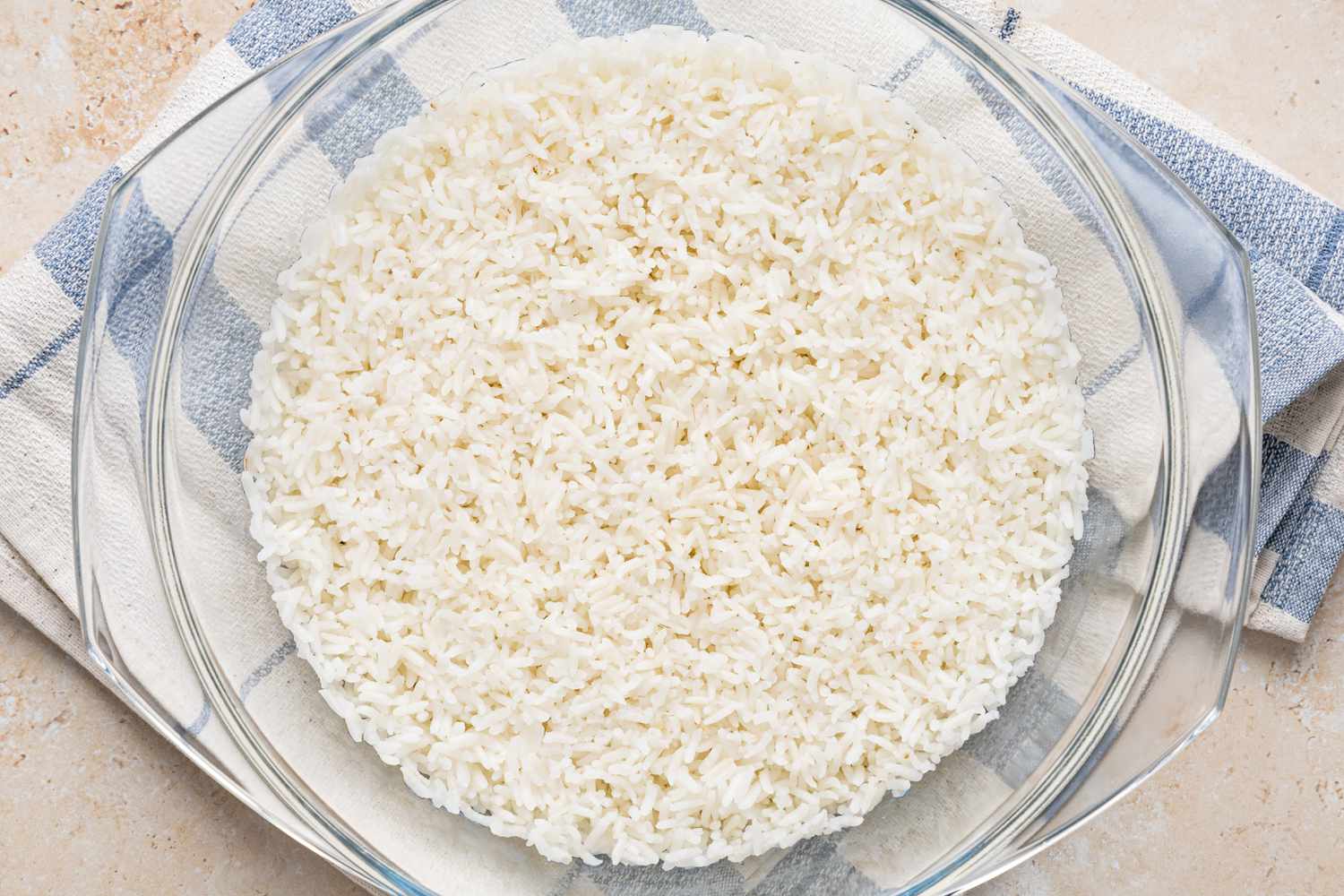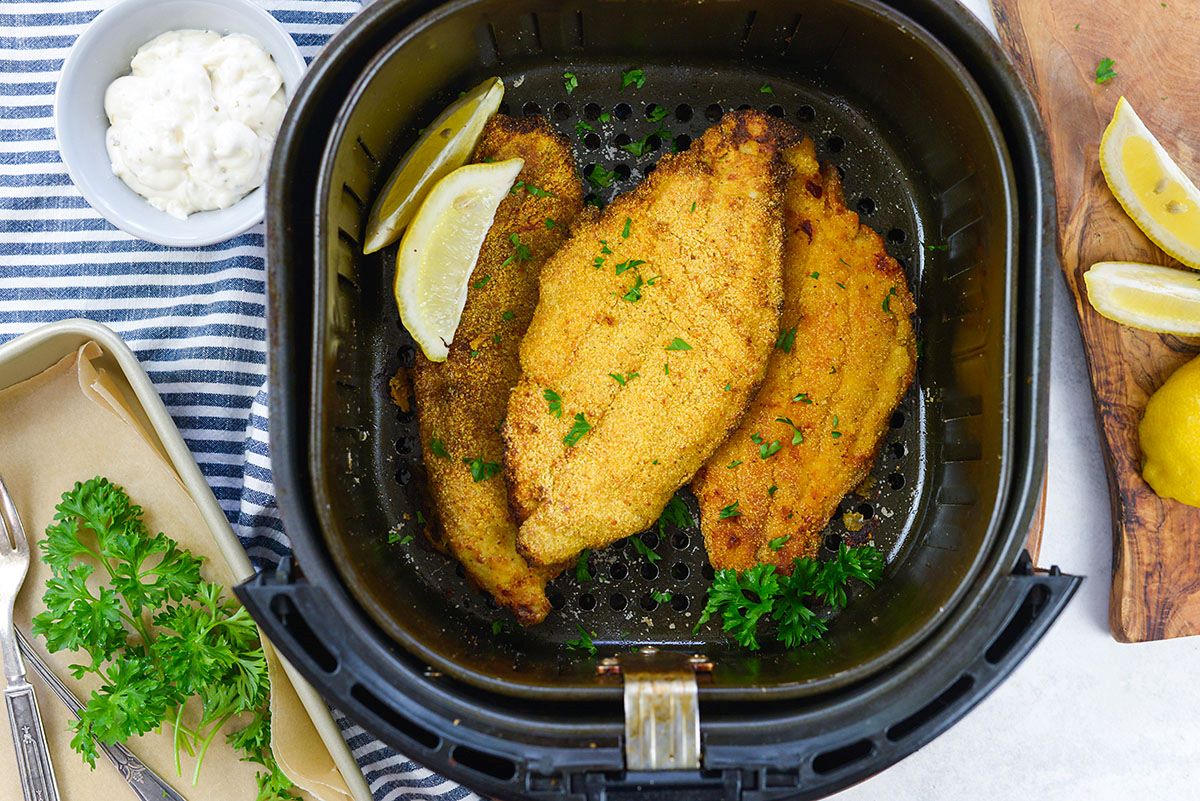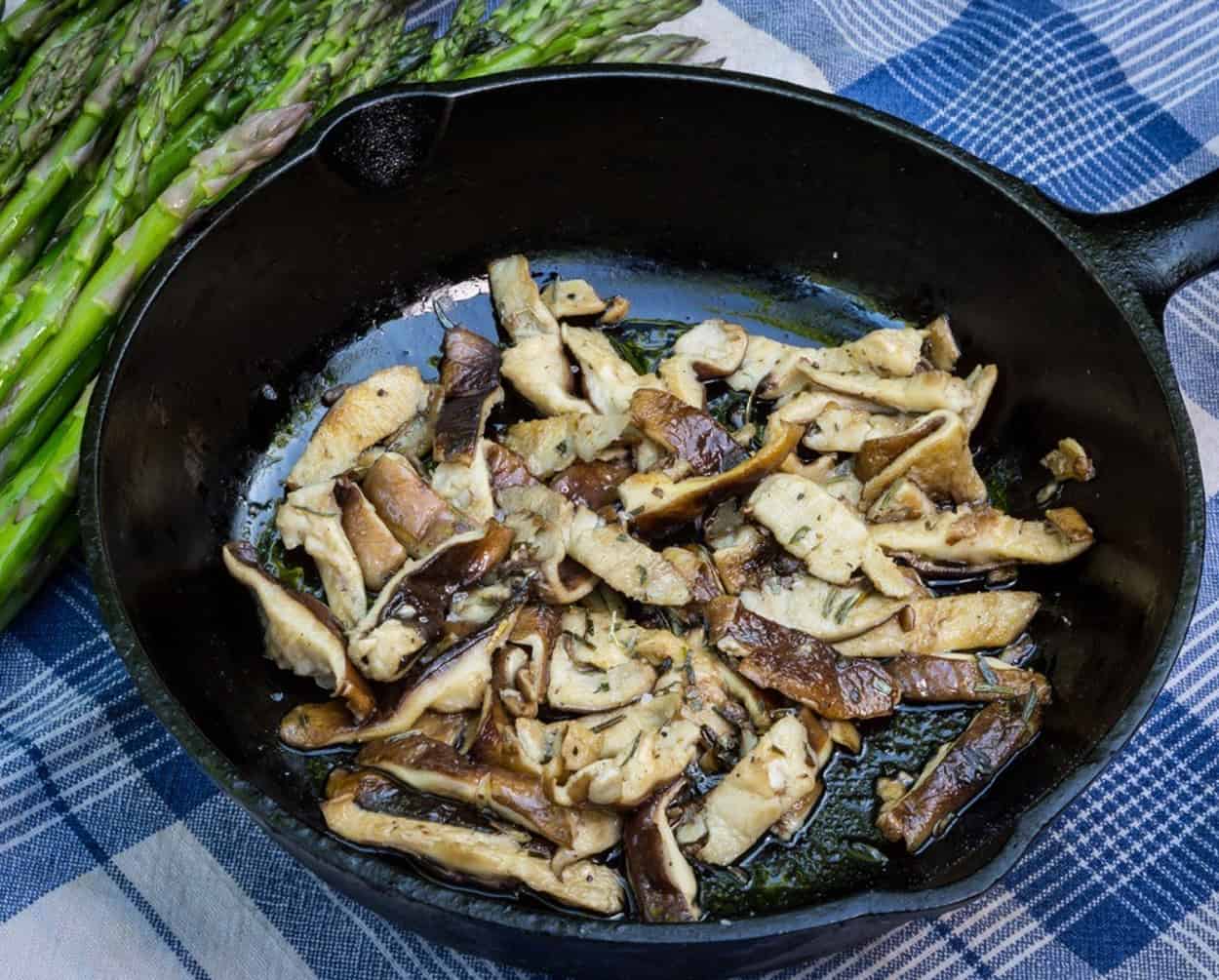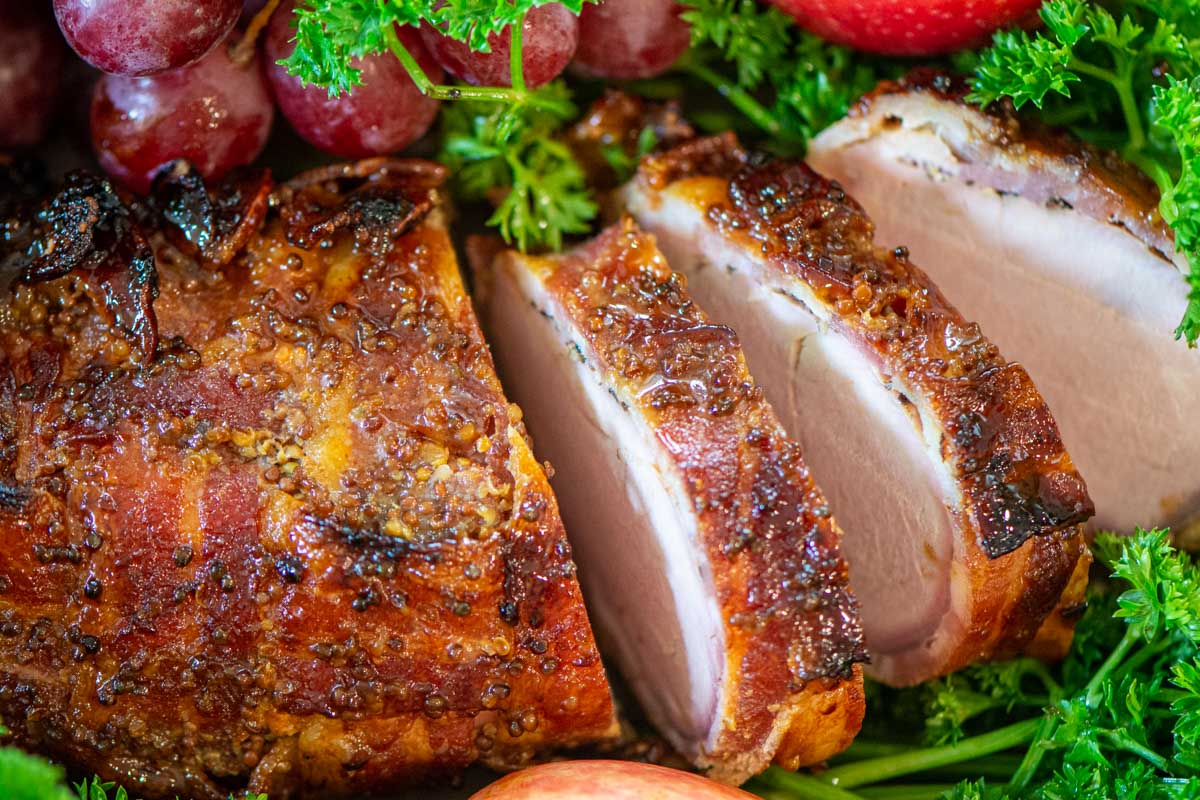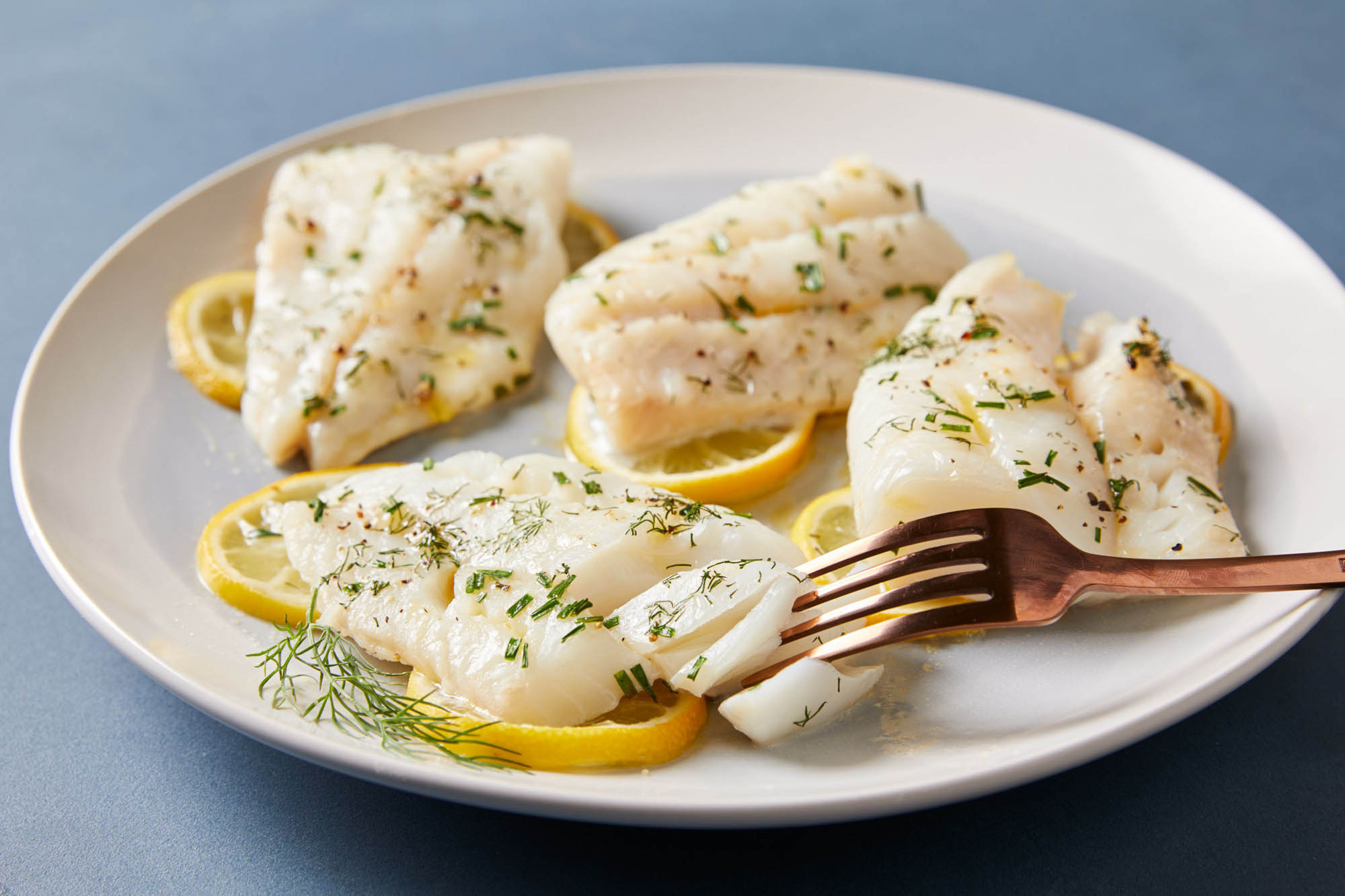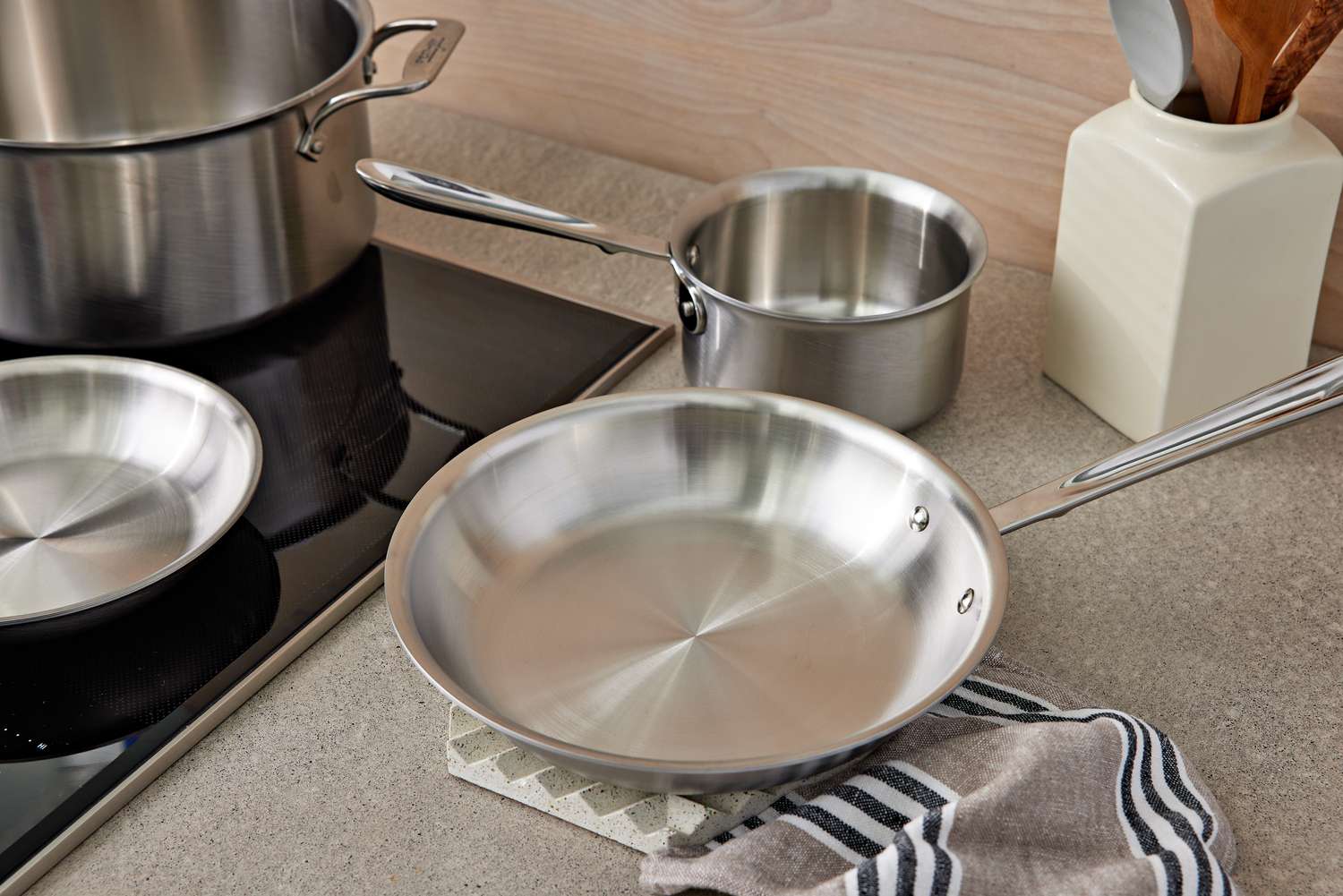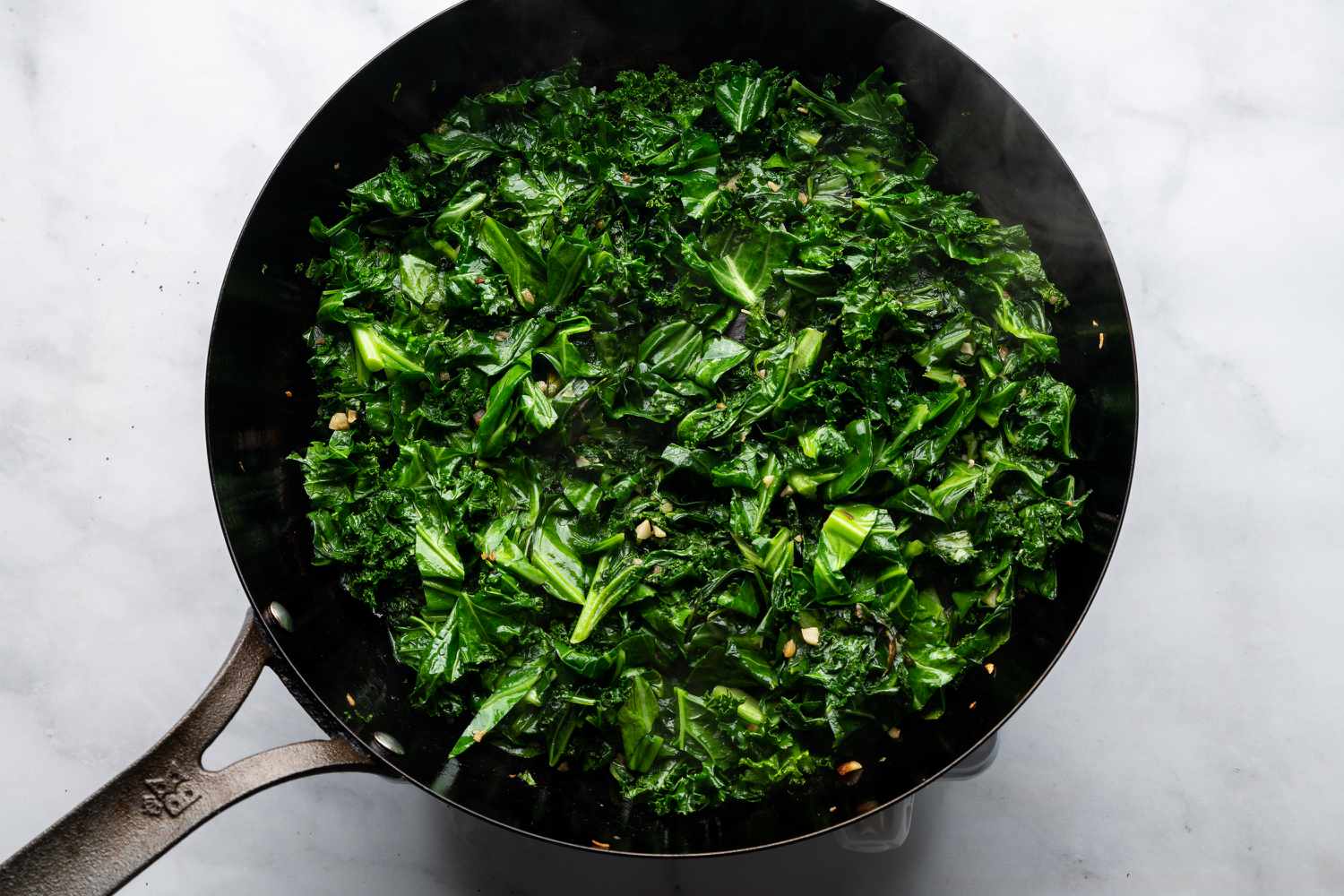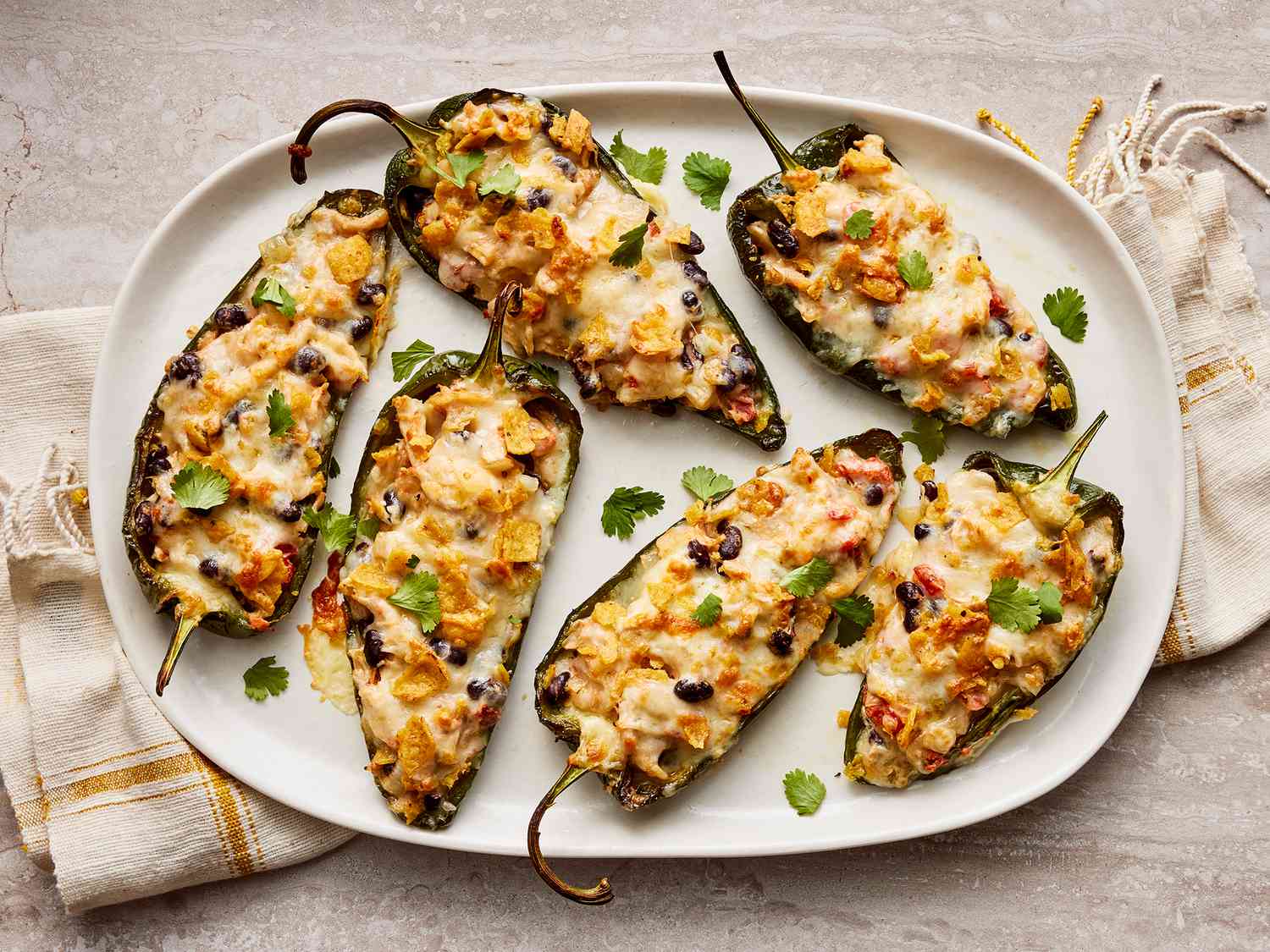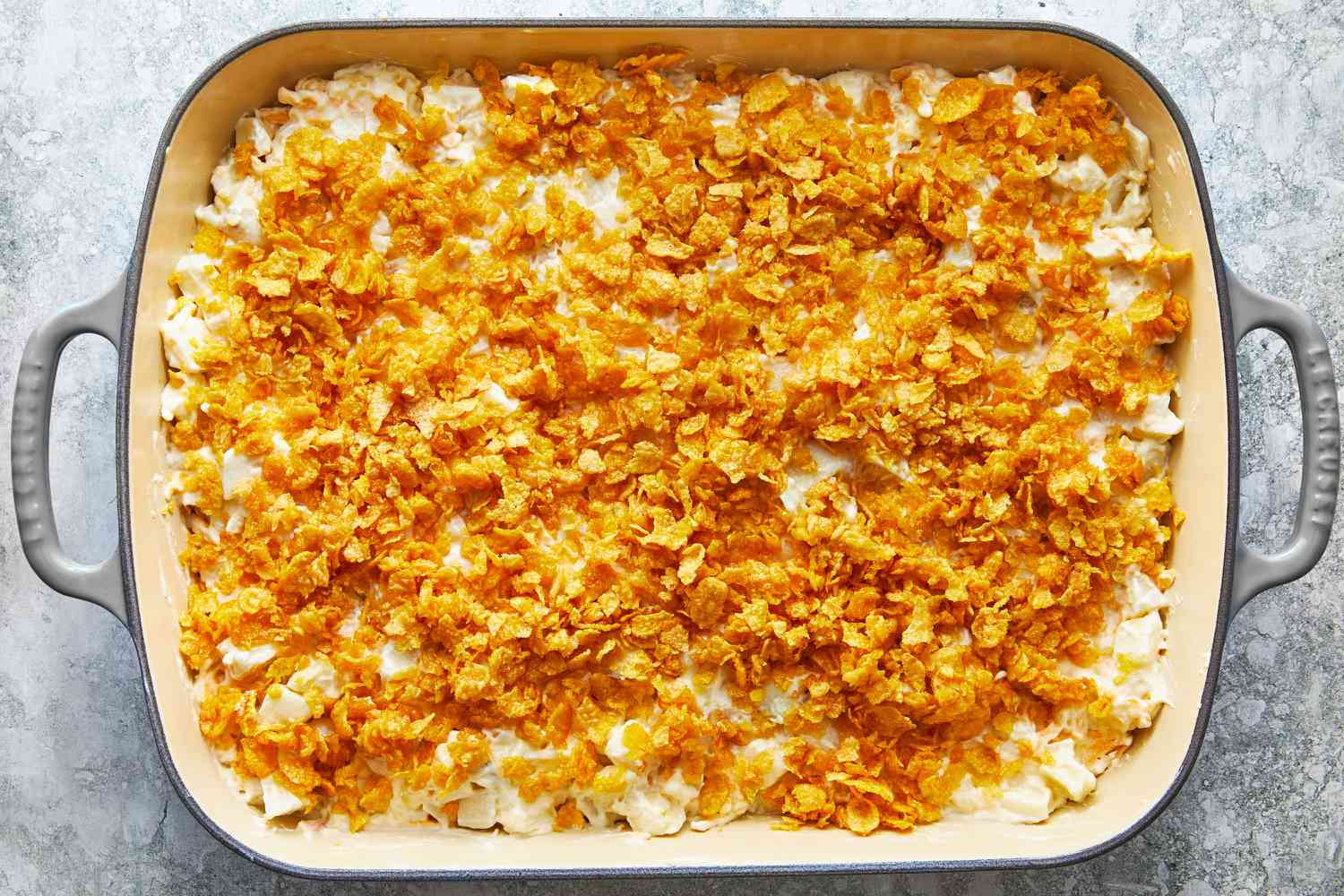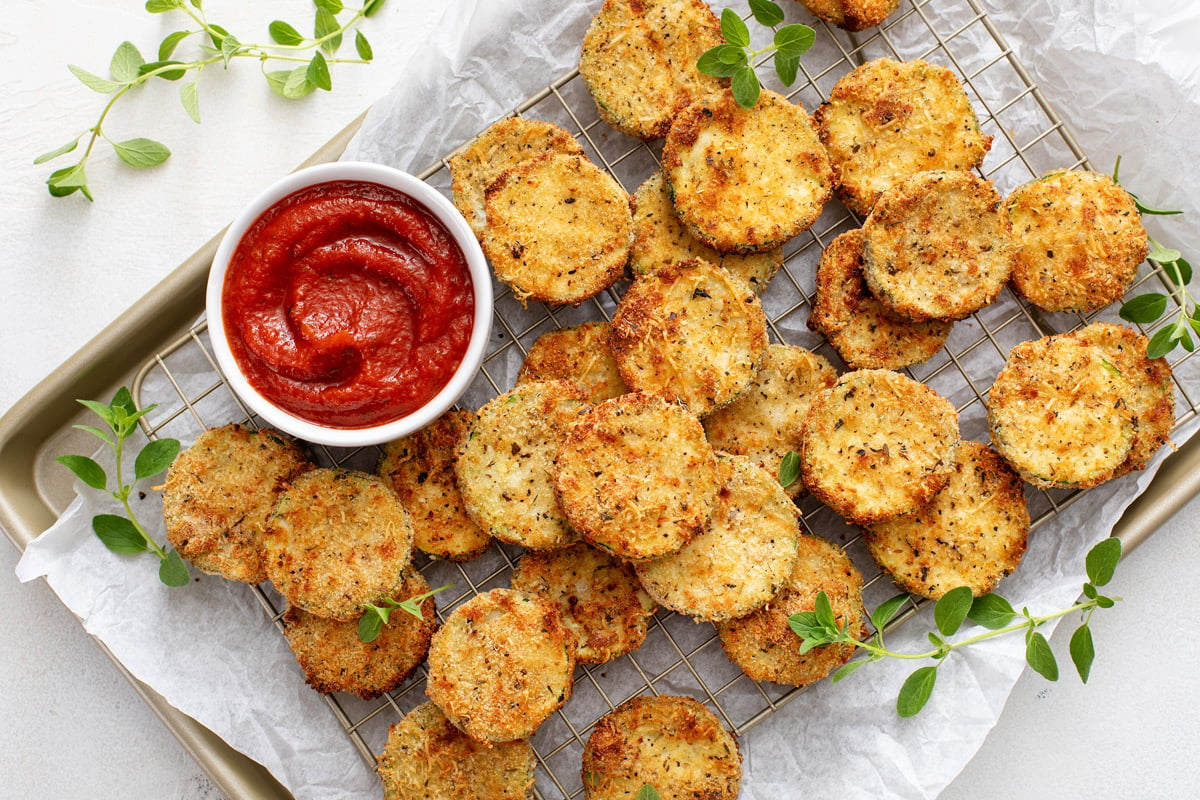Delicious and Tender: How to Cook a Boneless Pork Roast
Are you craving a mouthwatering and succulent dish for your next family meal? Look no further than a perfectly cooked boneless pork roast! From its tender texture to its savory flavor, this classic dish is sure to please everyone at the dinner table. Whether you’re a seasoned chef or a novice in the kitchen, we’ve got you covered with our step-by-step guide on how to cook a boneless pork roast to perfection.
Step 1: Choosing the Perfect Cut of Pork
The first step to a delicious pork roast is selecting the right cut of meat. Look for a boneless pork roast that is well-marbled with a layer of fat on the outside. This fat will help keep the roast moist and add flavor during the cooking process.
Tip: Opt for cuts such as loin, shoulder, or tenderloin for the best results.
Step 2: Preparing the Roast
Before diving into the cooking process, it’s important to properly prepare the roast. Follow these simple steps:
- Remove the pork roast from its packaging and pat it dry with paper towels.
- Season the roast generously with salt, pepper, and any other desired spices or herbs. Popular choices include garlic powder, paprika, rosemary, and thyme.
Tip: Letting the seasoned roast rest at room temperature for about 30 minutes before cooking will help it cook more evenly.
Step 3: Cooking Methods
There are several ways to cook a boneless pork roast, depending on your preference and available equipment. Here are three popular methods:
Oven Roasting
This is the most traditional method that yields a juicy and flavorful pork roast:
- Preheat your oven to 325°F (160°C).
- Place the seasoned pork roast on a rack set inside a roasting pan.
- Cook the roast for approximately 25 minutes per pound, or until it reaches an internal temperature of 145°F (63°C) for medium-rare to medium doneness.
- Remove the roast from the oven and let it rest for about 15 minutes before carving.
Slow Cooker
If you’re looking for a hassle-free cooking method, a slow cooker is the way to go:
- Place the seasoned pork roast in the slow cooker.
- Cook on low heat for 6-8 hours or on high heat for 4-6 hours, until the meat is tender and easily shreds with a fork.
- Once cooked, carefully remove the roast from the slow cooker and let it rest before serving.
Grilling
For those who enjoy the smoky flavors of outdoor cooking, grilling a pork roast can be a delightful option:
- Preheat your grill to medium-high heat.
- Place the seasoned pork roast directly on the grill grates.
- Cook for approximately 15 minutes per pound, turning occasionally, until the internal temperature reaches 145°F (63°C).
- Allow the roast to rest for a few minutes before slicing.
Step 4: Serving Suggestions
Once your boneless pork roast is cooked to perfection, it’s time to get creative with how you serve it. Here are a few serving suggestions to inspire you:
- Slice the roast and serve it with roasted vegetables or a fresh salad.
- Shred the pork and use it to make mouthwatering tacos, sandwiches, or sliders.
- Pair the roast with your favorite BBQ sauce for a tangy twist.
Remember to let your creativity take the lead and experiment with different side dishes and flavors to complement your boneless pork roast.
Enjoy the Perfectly Cooked Boneless Pork Roast
Now that you know the secrets to cooking a delicious boneless pork roast, it’s time to roll up your sleeves and put your culinary skills to the test. Whether you choose to roast, slow cook, or grill, the end result will be a tender, flavorful masterpiece that your family and friends won’t be able to resist. So go ahead, grab that apron, and get ready to impress with your mouthwatering boneless pork roast!
Was this page helpful?
Read Next: How To Cook Bone In Pork Chops On The Stove
